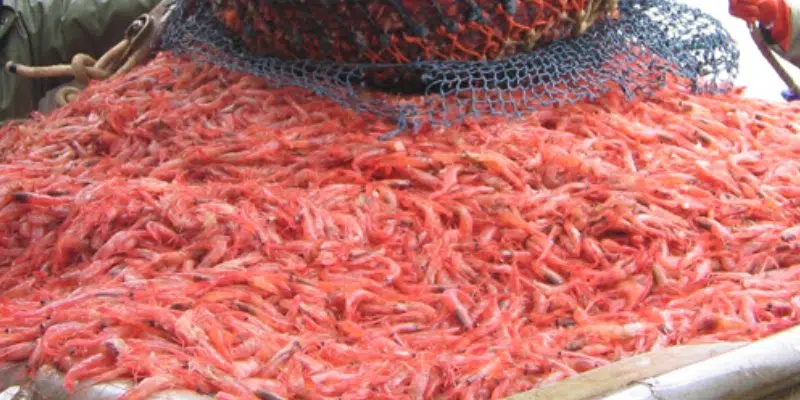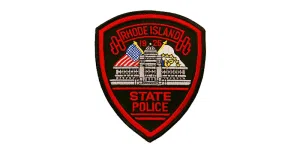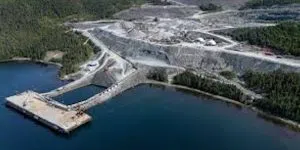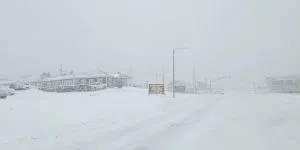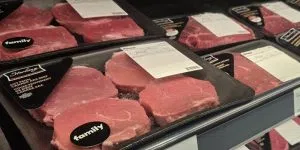DFO is rolling out a new population model to forecast Northern shrimp stocks and a precautionary approach framework throughout Shrimp Fishing Areas 4, 5 and 6.
DFO has developed a new population model to assess Northern shrimp and a new precautionary approach framework throughout Shirmp Fishing Areas 4, 5 an 6.
The goal of the new model is to predict how the population is changing over time using an ecosystem based model.@VOCMNEWS pic.twitter.com/NtsB2jozzM
— Ben Murphy (@benjamminn24) May 27, 2019
The goal of the new model is to predict how the population is changing over time using an ecosystem based model.
Prior to the population model, there was no model for northern shrimp stocks. It allows scientists to understand what may be causing changes in stock productivity and account for it in the future.
Prior to this, there was no model for these stocks and the new model is the first of its kind for Canadian shrimp stocks. @VOCMNEWS pic.twitter.com/iSGjJrPOrZ
— Ben Murphy (@BenMurphyVOCM) May 27, 2019
The population model was only provisionally accepted as the proposed precautionary approach framework and reference points were not accepted by all participants, who felt more time and data is required.
More discussions to finalize the new population model will take place in the coming weeks.
FFAW-Unifor Responds
The FFAW-Unifor has some objections to a new stock assessment model for northern shrimp announced at DFO this morning. The objections are mainly aimed at the proposed precautionary approach framework.
FFAW-Unifor President, Keith Sullivan says he is pleased that DFO has recognized the effect that northern cod predation has on shrimp population growth and decline, and that it is a step in the right direction. But Anchor Point Harvester, Rendell Genge, says that the current Limit Reference Point for northern shrimp is unattainable based on the biomass growth of northern cod.
Dwight Russell, a fish harvester from Mary’s Harbour says that there is a lack of information about the effect that seals have on the northern shrimp, along with other species.
FFAW-Unifor says that there is more work to be done before a new Limit Reference Point can be developed and that fish harvesters and industry participants must be included going forward.





